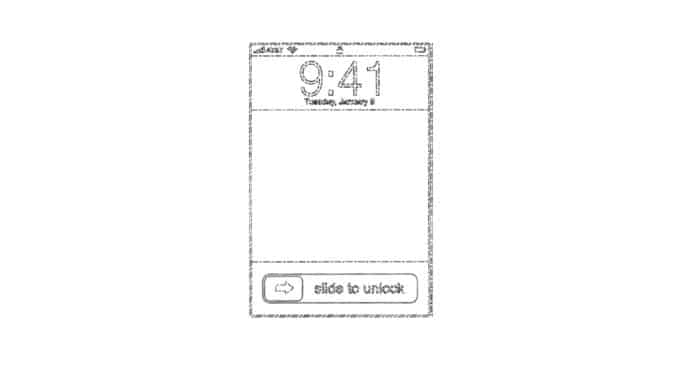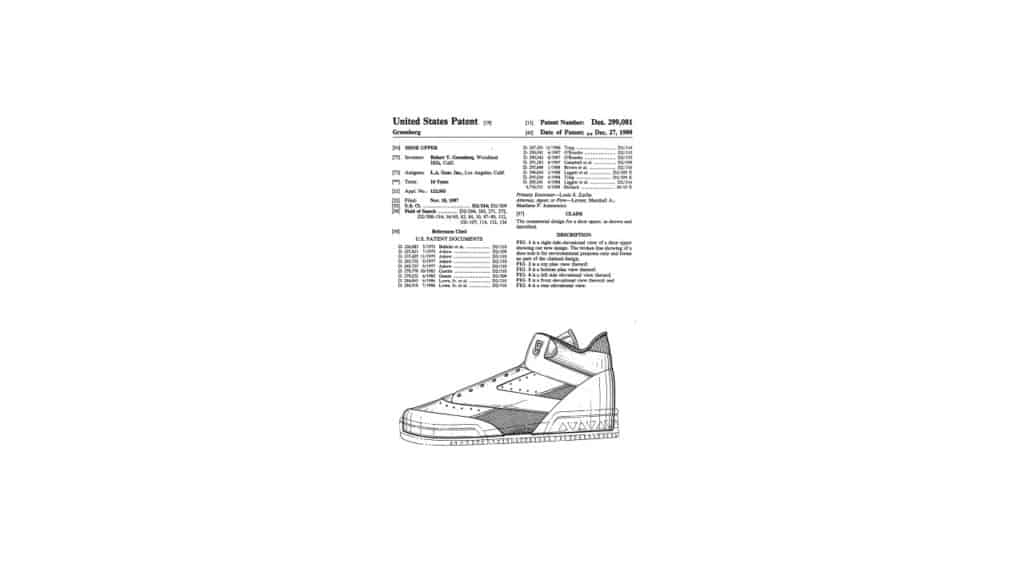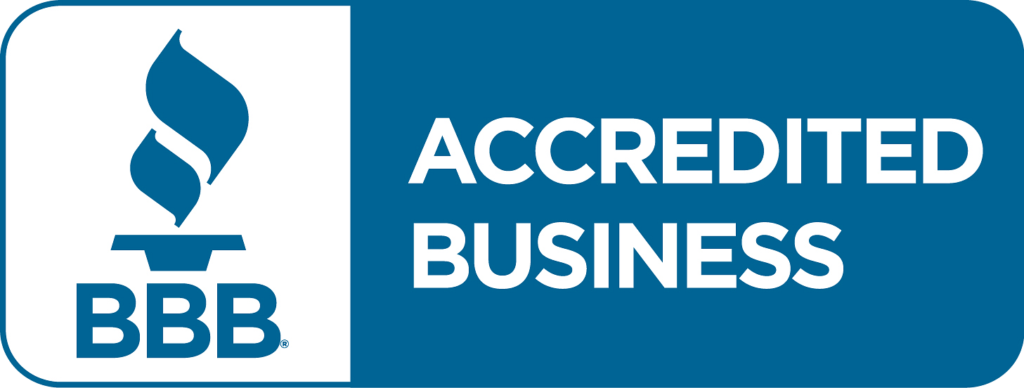Design patent – when it is correct for your invention
Design Patents have always been easier (and often cheaper) than utility patents. The common perception is that something easier will be less valuable because anyone can do so. However, in recent years, this general rule has been turned upside down concerning patent ownership, at least to some extent. Still, a small fraction of patents applied are for design patents. In 2019, about 90% of patent applications submitted were for utility patent protection and only 7% for design patents.
Utility Patent
Utility patents provide greater protection than design ones because utility patent applications are broader in scope and cover products that perform the same function as what is claimed, even if they don’t look like your invention or anything similar. Thus, a utility patent will always be more robust than a design patent. However, this makes them more desirable for many people who want their innovation’s appearance protected from competitors because the product’s utility is unique. What if you cannot get a utility patent because the underlying invention is not functionally unique? Your product looks different from anything previously available but has features structured similarly to other products on the market. In such a situation, a design patent effectively protects against copycats who want to profit from your product’s unauthorized use or sale.
Design Patent
Since a design is an expression of appearance, the subject matter of your patent application may relate to how something looks. For example, patents could protect an article’s configuration or shape, specific ornamental features like two or three dimensions, and textures if they meet other specific legal criteria. An article’s design is its visual ornamental characteristics, which you can protect. The design must be applied to a useful manufactured article, visible, original, and unique in appearance to be patent-eligible. In other words, the design patent protects the look of an article and not the functions, even if the look is integral to the function. For example, the shape of the Coca-Cola bottle is a famous design patent. A bottle can have many appearances, and they all must be the bottle, yet you patent the way a bottle looks but not the bottle’s functionality.
Design patent protection is important for many reasons, not the least because it helps prevent copycats from making products that look like yours. In addition, if you can secure utility and design patents on your invention, then there will be no one out there who can use what’s yours.
The computer interface design can be patented, protecting against infringement. This type of patent protects the look for 15 years from its issue date; it does not provide complete coverage but is still worth protecting if your work has an element that makes up its unique styles or arrangements. Below are two examples of design patent graphic user interfaces. The first design patent example is Apple Inc., U.S. Design Patent No. US D675,639 S, entitled “Display Screen or Portion Thereof With a Graphical User Interface,” covers and protects the screen display to unlock the iPhone.

The second example is Google obtained U.S. Design Patent No. D599,372, entitled Graphical User Interface for a Display Screen of a Commutations Terminal, covers and protects the Google homepage.

The claims define the claimed invention shown in solid lines. The most common use of broken lines is to disclose the environment of the defined bounds of a claim, including any portion within an article that’s not considered part of the design but necessary for understanding it., such as structures or devices.
Below is a depiction of a vacuum cleaner appearance by Dyson Limited, U.S. Design Patent No. D668,010 S. In this case, Dyson has both design and utility patents for their vacuum cleaner technologies.

The design of an article can be patented, meaning it will have a unique and original appearance. Design patents protect against the competition in the market because people might start making their versions if yours is too similar to theirs; this would spoil your business! In addition, the configuration or shape could relate to how something looks (such as surface decoration).

Another design patent example is LA Gear Inc.’s design patent for an upper shoe, U.S. Design Patent No. D299081S, which protects the look of the upper shoe. For example, if you create a unique design, for example, by using a new, previously unknown material in its sole that reduces the impact of walking or running on hard surfaces, users of the shoe. You can secure both patents’ utility if they function differently than other models available today while protecting their ornamental qualities with patent protection. Unfortunately, intellectual property law is a complex area of the legal profession. The USPTO (United States Patent and Trademark Office) definitions can be confusing, especially regarding patents that protect both design aspects and utility features in an invention like footwear with unique designs for shoes. Call us to know if your invention can be utility and design patentable.
In conclusion, utility patents protect how an invention is used, works, and manufactured, while design patent protection applies to only the ornamental appearances of a manufactured article. Design patents are made-up drawings showing your invention’s appearance.
Free initial consultation at the affordable patent agency
The process must be done correctly when you are ready to start protecting your invention. Consulting with a patent attorney or agent can ensure that all requirements for patenting your product are fulfilled. When you’re ready to apply for a patent, a patent attorney must do the first step of your research. Hiring a patent attorney or agent to do your initial research for you will save time and money in the long run. However, please check their credentials with USPTO, here.
An initial meeting can be 30 minutes to an hour. During this meeting, you will discuss your invention so that we have all relevant information; this includes details of your invention, previous patents, where you are in your business plan, etc. Most patent attorneys bill $495 per hour, but we offer a free initial consultation. Call us for a free initial consultation.




